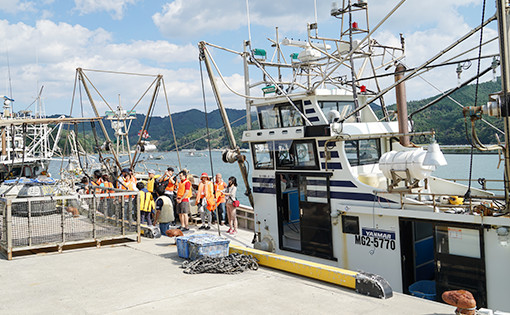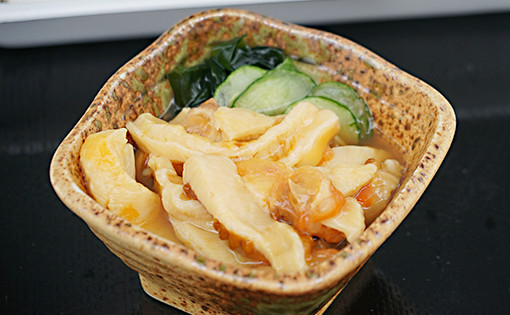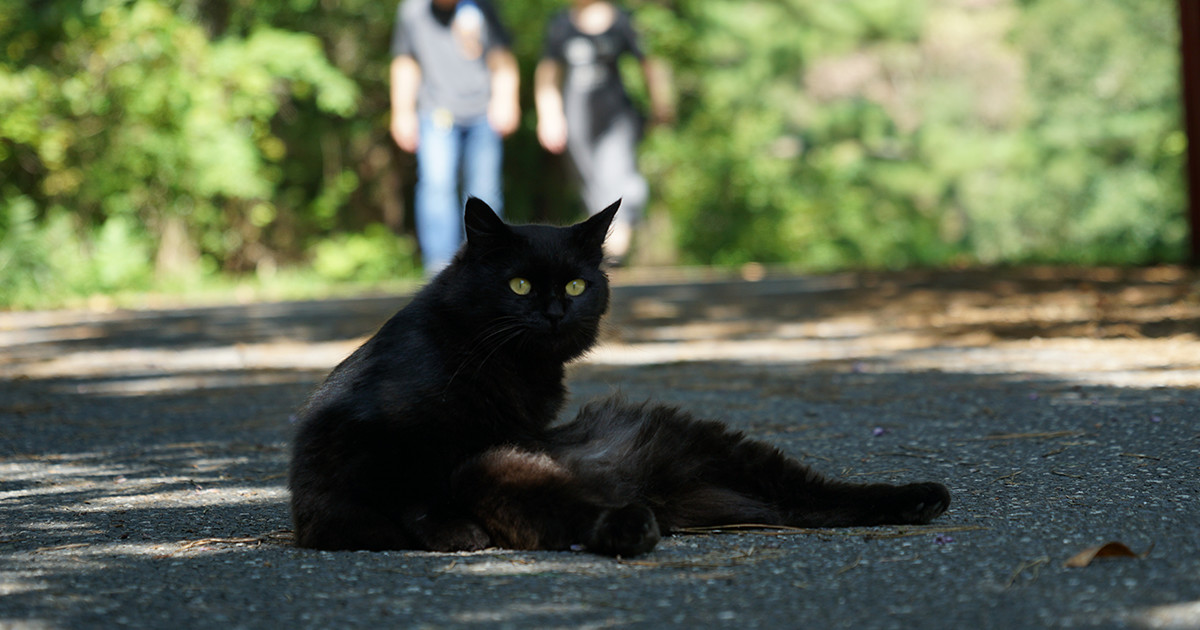Ishinomaki Fishing
& Cat Island Tashirojima
With around 140 fishing harbors, the Sanriku Coast in Miyagi Prefecture is said to be one of the world’s three best fishing spots. It is the meeting place between the Kurile and Kuroshio currents, where the fishing industry flourishes. Encompassing some of Japan’s top fishing harbors including Shiogama, Ishinomaki and Kesennuma, it is Japan’s second-highest commercial fishing area, only second to Hokkaido.
The place I am going to introduce in this article is Ishinomaki, one of Miyagi’s important fishing harbors. Located on the southern tip of the Sanriku Coast, Ishinomaki is an important city for traditional fishing as well as aquaculture. It produces around 60 percent of the oysters in Miyagi Prefecture, the importance of which is easy to imagine.
The people who live here were not discouraged by the 2011 tsunami, and the city’s agriculture, fishing and tourism industries are now recovering well thanks to the hard work of public and private organizations.
 Fishing experience participants attentively listen to the captain
Fishing experience participants attentively listen to the captain We could actually see oysters being cultivated
We could actually see oysters being cultivated The view from the boat
The view from the boat
This time I had the special opportunity to participate in a fishing experience on Ishinomaki’s Oshika Peninsula. Participants in this experience get to ride on a local fisherman’s boat, enjoy the view from the boat and also see the various stages of oysters being cultivated.
The oyster farming cycle varies by region. In Ishinomaki, oysters go through a two-year farming period before being shipped to market. Their meat is tender and juicy.
 The captain shucking oysters on the spot for everyone to taste
The captain shucking oysters on the spot for everyone to taste
A staff member of Fisherman Japan, which organizes the fishing experience program, explained the characteristics of the region along the way.
The participants were able to learn about life in the region and feel closer to it. At the end, the kind captain took some oysters that had completed the two-year cultivation period and shucked them right there for the participants to taste.
The texture and taste of a fresh oyster is completely different from the oysters normally sold in markets.
Fresh, sweet and juicy with notes of salt from the seawater, it was more delicious than anything I’d ever tasted.
 The staff member was very passionate and always answered our questions
The staff member was very passionate and always answered our questions A fresh, sweet oyster
A fresh, sweet oyster
The whole tour takes around one hour, and it is a very satisfying experience for both the eyes and taste buds.
Boats are charted for the fishing experience, so the fee varies depending on the time and the details of the program.
If you are interested in joining a tour, please check the website of the managing organization Fishing Japan. You can make reservations or inquiries in English and you can also request an English guide.
Fisherman Japan
In addition to oysters, another of Miyagi’s famous marine products is the hoya, or sea pineapple.
Its taste represents summer in Miyagi. Shaped something like a jar, it actually doesn’t look much like a pineapple. I personally think it looks more like a cactus.
Fresh hoya has a combination of sweetness, tartness, bitterness and the refreshing aroma of the rocky shore.
It is said that Oda Nobunaga once served hoya to Tokugawa Ieyasu. Sendai feudal lord Date Masamune also famously loved hoya.
Because hoya loses its freshness quickly, it is rarely seen anywhere west of Kanto. If you want to taste delicious hoya, you should definitely go to Miyagi!




